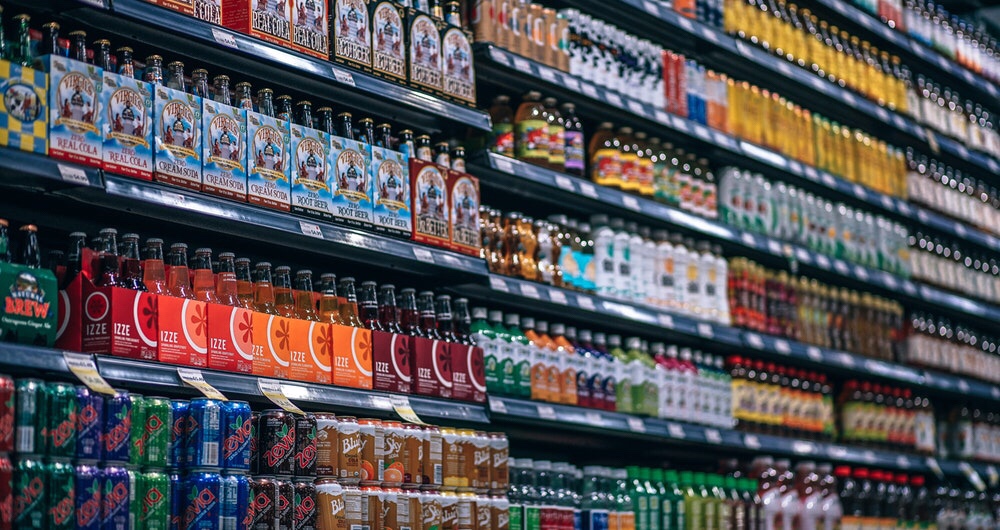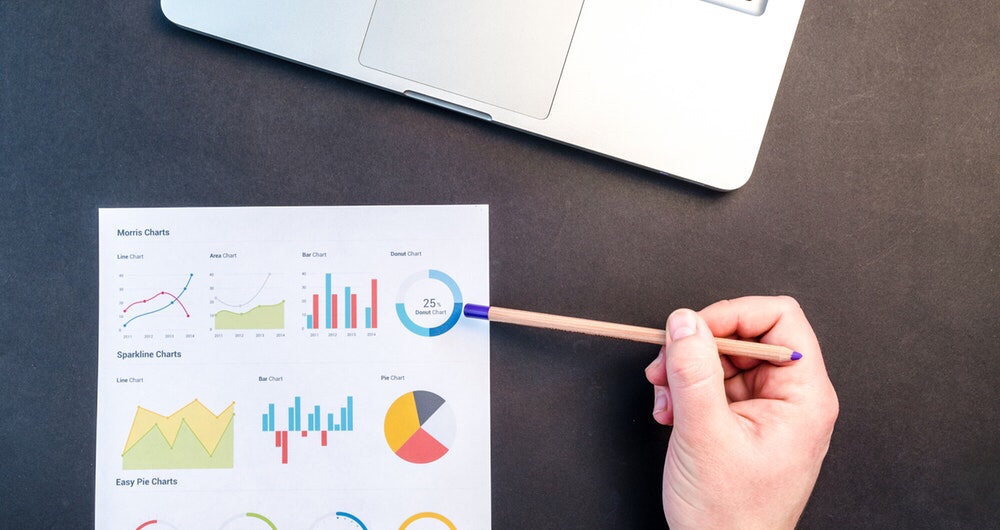Reorder Level
To maintain a satisfactory level of inventory for every material, a specific quantity is fixed as the reorder level. Once the current stock drops to this level or goes below, that item has to be ordered to the vendor. It is that level when the inventory is sufficient to meet the demands of production till such time as the materials are replenished. Reorder level depends mainly on the maximum rate of consumption and order lead time.
Maximum Stock Level
Maximum level is the inventory quantity above which stock should never reach. The function of maximum level is essential to avoid unnecessary blocking up of capital and storage space in inventories, losses on account of deterioration and obsolescence of materials, extra overheads and temptation to thefts etc.
Minimum Stock Level
It represents the lowest quantity of a particular material below which stock should not be allowed to fall. This level must be maintained at every time so that production is not held up due to shortage of any material. This level is below the reorder level. It is that level of inventories at which a fresh order must be placed to replenish the stock, if not already done.
Buffer Stock
A quantity of a critical item in our material list which is maintained as a backup stock is called buffer stock or safety stock. Generally, this stock is not used unless there is a delay in procurement and we have to use it.
If buffer stock is used, it must be replenished as soon as regular stock arrives. We must refresh the goods in the buffer stock with fresh ones periodically, while keeping the stock level untouched.
Optimum Ordering Quantity (Economic Order Quantity)
One of the most common problems faced by the purchase department is the decision regarding how much to order at a time. Purchasing in bulk quantity involves lesser purchasing cost. But cost of carrying them tends to be higher. Likewise, if purchase is made in smaller quantities, the holding cost is low, but purchasing cost tends to be higher. Hence, the most economic buying quantity or the optimum order quantity should be determined by considering the factors such as the cost of ordering, holding or carrying cost. This quantity can also be determined on the basis of the standard lot or packing size, our daily consumption, optimum size or weight as per logistic considerations.
Every time when a material is to be ordered, it should be ordered as per this Optimum Ordering Quantity, in the multiples of that number.
(Expert advice to GROW your business wherever you are, whenever you want.
SMEBusinessGuide.com… https://goo.gl/E3pfoQ)
WHAT YOU CAN READ NEXT
NEXT POST:

Inventory Control Methods – Ordering Methods
PREVIOUS POST:

Inventory Control Methods – Classification Of Inventory





